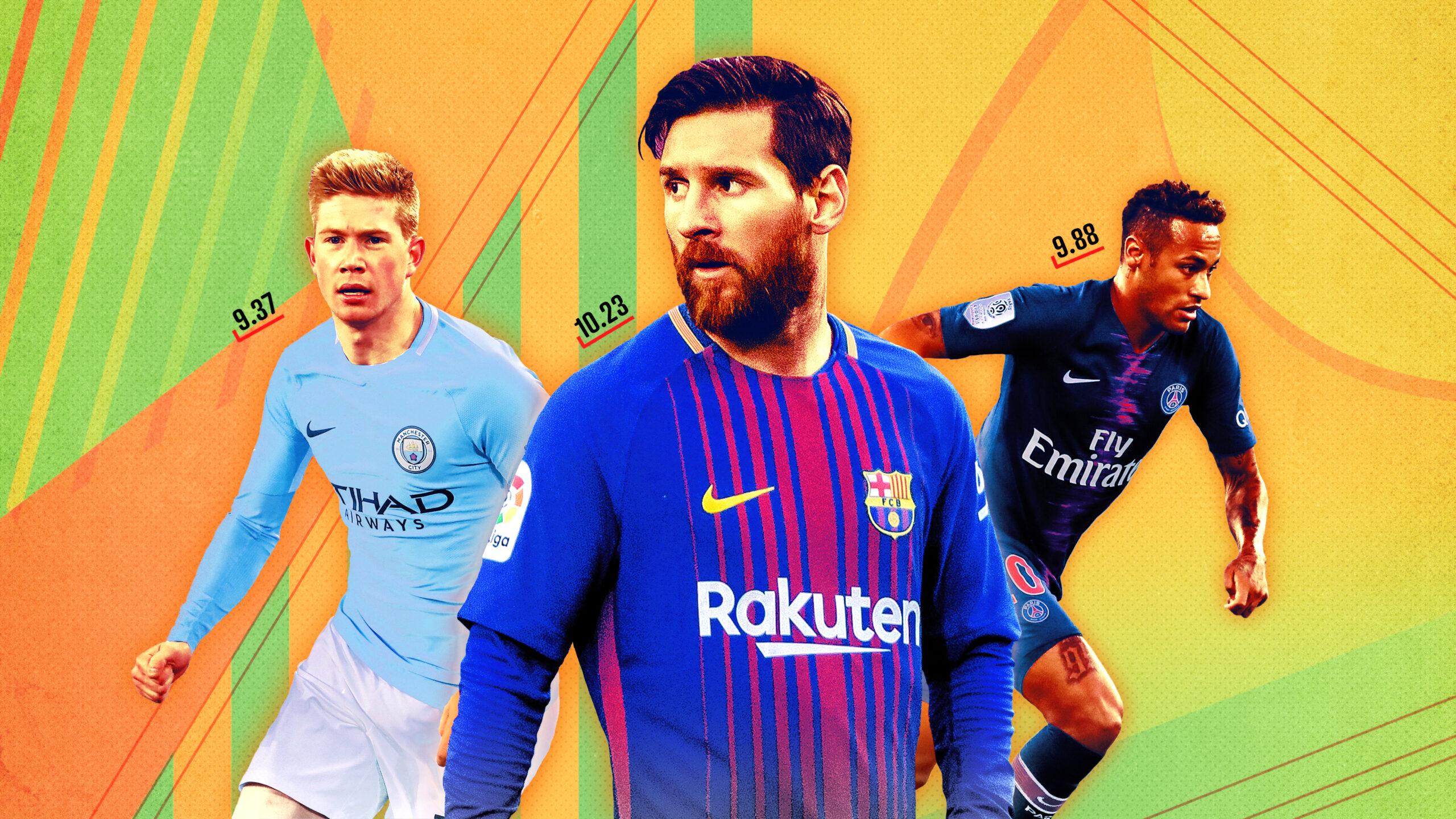The 2018-19 Ringer Soccer Watchability Rankings
Which teams are the most fun and which aren’t worth your time—updated weeklyWhich soccer team was the most fun to watch last season? Which team played the most boring style that somehow won games? And which player acquisitions yielded the most enchanting new dynamics for an already-powerful club?
If your intuitive answers to those questions are, respectively, Barcelona, Burnley, and Neymar and Kylian Mbappé to PSG, you’re right — and now we have the numbers to confirm those suspicions. Throughout the European season, The Ringer will be publishing and updating its Soccer Watchability Rankings, which will rank every club from Europe’s top five leagues on a scale from most to least watchable. These won’t be a one-to-one reflection of team quality, nor will they account for every possible stylistic preference a soccer fan might have; after all, it can be just as enjoyable to watch a well-choreographed, perfectly positioned defensive unit frustrate the right opponent.
Rather, this set of rankings aims to encapsulate how proactive a team is both with and without the ball. Throughout a season, which clubs will be the most fun to follow? And — perhaps more importantly — which matches will prove the most unexpected delights from a purely artful perspective? While they aren’t definitive by any means, these watchability scores will help determine the answers, as they’re based on four factors that collectively account for the sport’s main areas of action: dribbling, passing, defending, and shooting.
- Dribbles: Last season’s individual leaders in attempted dribbles per game were Neymar, Lionel Messi, Wilfried Zaha (there’s a reason Crystal Palace rated much better than their standing in the EPL table might suggest), Eden Hazard, and Christian Pulisic. Dribbles are fun! They don’t have to be successful to reflect a team’s style either, so all attempts are included.
- Deep completions: DCs are passes completed within 20 yards of goal (crosses excluded), which serves as a proxy to measure not just possession, but dangerous possession. It’s one thing to handle the ball in the midfield without probing or threatening a set defense (see: Spain vs. Russia at the 2018 World Cup), but it’s another entirely to capably possess and move the ball within range of the net.
- Passes allowed per defensive action (in the opposition half): PPDA measures how quickly a club lets the opposition circulate possession before engaging in a tackle, interception, challenge, or foul. As Colin Trainor wrote for StatsBomb in 2014, “A smaller PPDA value signifies a greater level of defensive intensity, as in essence, the defence [sic] has allowed a smaller ratio of uncontested passes to be made.” Manchester City had the lowest PPDA in Europe last year, as Pep Guardiola’s squad employed blitzing counterpress tactics, while many of its Premier League brethren — Brighton, Swansea, and the like — ranked among the clubs with the highest, as they were content to sit back and absorb pressure rather than cut it off at the source.
- Expected goals: At its simplest, xG rewards teams for creating scoring opportunities in the most dangerous positions, and viewers enjoy watching players and teams who create chances and attempt to score from the most dangerous positions.
Here are this season’s rankings. They’ll be updated weekly:
Soccer Watchability 2018-19 (Final)
Using domestic play only, we’ll collect these numbers (from WhoScored.com and Understat.com) on a rate basis for all 98 clubs in Europe’s top five leagues and calculate a z-score that reflects how much better or worse than average they were in each category; summing up the four component z-scores then yields an overall watchability score, with scores greater than 0 representing better-than-average watchability and scores below 0 representing worse-than-average aesthetics. It’s a simple system, but it does the trick — and besides, how complex a methodology is necessary to confirm that Barcelona plays a mesmerizing brand of soccer?


